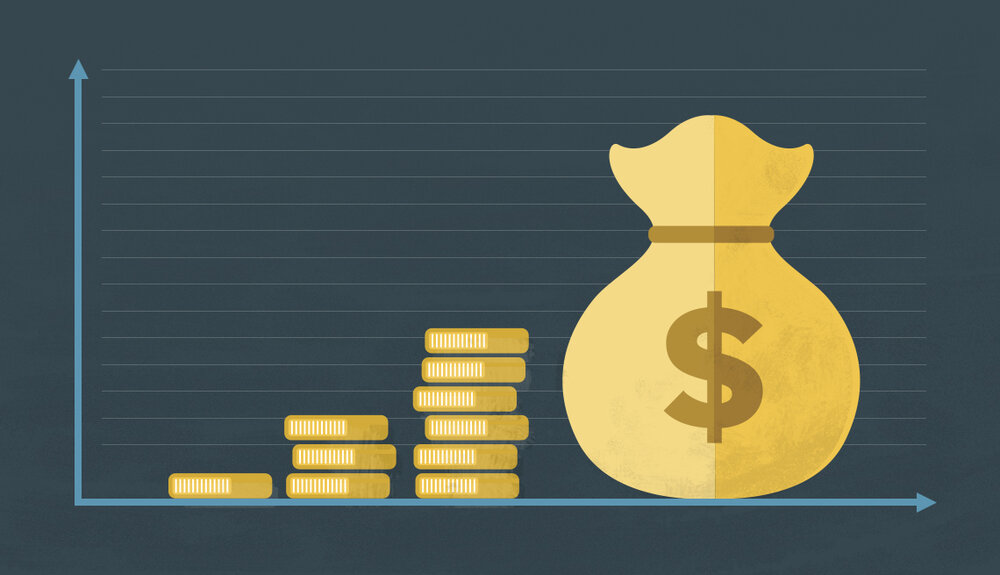BNS: The Retirement Portfolio

Bank Name: The Bank of Nova Scotia (BNS/BNS.to)
BNS is Founded in 1832 and headquarter located in Toronto, Canada. BNS ranks fifth in the Canadian banking industry in terms of asset size. The bank provides a variety of financial services to individuals, merchants, businesses and investment banks, covering not only traditional banking business such as deposits, loans and credit cards, but also asset management, insurance and investment banking. The bank has 1,040 branches in Canada and nearly 3,000 in Latin America, the Caribbean, Central America and Asia.
BNS is listed on both the Toronto Stock Exchange and the New York Stock Exchange under the symbols BNS.to and BNS. The following analytical data is based on the NYSE.
Basic information:
Current Share Price: $53.54 52 Weekly: $47.11/$66.65
Total equity: $1.21 billion Total Market Value: $64.78 billion
Institutional shareholding: 65.5% Short Ratio: 0.54%
Dividend: $2.17 Annualized Dividend Rate: 4.05%
Next Year's EPS: $4.88 Forward PE: 10.97
Beta: 1.14
Fundamental events:
The company reported its earnings before the market on May 29. Adjusted earnings per share C$1.43, exceeding market expectations of C$1.39. The company announced it would buy back 24 million shares, or about 2 percent of its total share capital.
Canada's political and economic stability, banking industry is one of the main pillar industries. The country's banking sector has long been known for its robust operations. Even in the 2008 financial crisis in the United States, Canada's banking sector, as a neighbour, was not hit hard. As a result, bank stocks are almost a must-have for a plus-size pension account and a tax-free account.
BNS's annualized dividend rate is 4.05%, far exceeding long-term Treasury yields. The forward-looking price-to-earnings ratio is only 11, with a PB value of 1.74, and the valuation is relatively reasonable.
The Fed's start-up rate hike this year is a high probability event, and a rise in interest rates will increase the spread, thus making a positive for the banking sector. The banking sector as a whole has recently started to strengthen.
Stock price trend:
Shares in Canada's top five banks followed their U.S. counterparts' march in March 2009 and reached the highs of the bull market in the middle of last year. BNS High times $72.69. For nearly 10 months, the Unit has been in the process of repair and adjustment. At the lowest price, the share price was $60.1 and the adjustment was -17%. The current share price is about 10 per cent from its peak.
The fall in the share price provides a good entry for investor friends. Investing in the stock not only allows you to enjoy a possible share price appreciation, but also a steady dividend income.
Action policy:
As can be seen from the daily chart below, BNS share prices have broken through the downward trend line formed since their august highs last year, and have completed a pullback after the breakthrough in the last two weeks. After testing the original trend extension line support effective, the stock price then chooses the upward, the overall pattern has formed a clear upward channel. The current share price is once again close to the bottom of the upward trend line formed in February this year. The $64-$66 line is a nice entry area.
After the market if the stock along the current trend channel upward, according to the BNS has been consistently stable trend, the stock price breakthrough the trend channel to accelerate the upward probability is small, so you can consider the stock price close to the trend line of the regular sale call to collect part of the option to increase the total return.
Risk factors considerations:
The stock beta slightly higher than the broader market, the degree of risk is basically equivalent to the market, suitable for the average risk appetite of investors, the holding time is long-term appropriate
The biggest trading risks today come from three sources:
1) Recent global stock, currency and bond markets have begun to be volatile, and uncertainty about the direction of the broader market may have a negative impact on share prices.
2) The uncertainty that may arise from next quarter's results.
3) International investors buy through the NYSE need to bear the exchange risk







